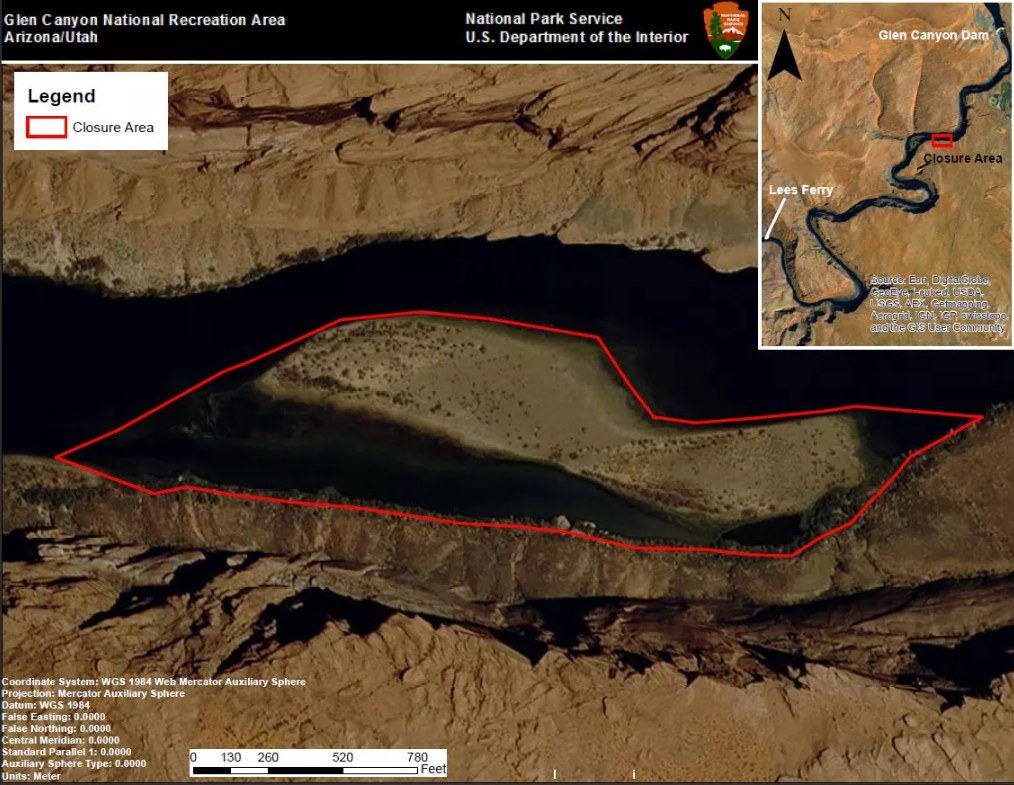National Park Service to remove invasive species from Colorado River Slough

COLORADO, USA (KRDO)-- The National Park Service (NPS) is beginning efforts to remove invasive smallmouth bass and green sunfish from the Colorado River Slough just below the Glen Canyon Dam in the Glen Canyon National Recreation Area.
According to the NPS, the non-native predatory fish were recently discovered breeding in large numbers in areas where they have not previously been found–ultimately threatening the recovery of humpback chub.
Officials stated the humpback chub was downlisted from endangered to threatened in October 2021, in part based upon the success of the species in the Colorado River through Grand Canyon. However, because smallmouth bass are aggressive predators, failure to quickly control their population in the Colorado River above the Grand Canyon, could likely lead to the demise of the humpback chub.
On Saturday, August 26, NPS staff will deploy the EPA-approved fish piscicide rotenone to kill the invasive, predatory fish.
Officials stated the cobble bar area surrounding the backwater slough at river mile-12 where the invasive fish were found, the slough itself, and a short distance up and downstream, will remain closed to the public for the duration of treatments that weekend (see map below). The closure will be marked by signs but the river mainstem itself will not be closed.

According to the NPS, rotenone is a natural substance derived from plant roots. It has been effective at eliminating localized populations of smallmouth bass, including in the Colorado River Basin.
Officials state the treatment will be carefully planned and conducted to minimize exposure to rotenone and protect the health and safety of the public, the environment, desirable fish species, and livestock.
Prior to the treatment, tests will be conducted to determine the minimum effective concentration of rotenone for use during the treatment and an impermeable fabric barrier will be installed at the mouth of the slough for the duration of the treatments to minimize the exchange of water with the river.
The NPS stated potassium permanganate, a chemical used to purify drinking water, will be added to the slough, just above the fabric barrier to neutralize the rotenone. Should any rotenone enter the main channel, it will immediately be diluted to concentrations that are insignificant to wildlife or humans.
The NPS stated threats to native fish are increasing due to the warmer temperatures of water passing through the dam and related increased river temperatures below the dam. As a result, this can increase the populations of non-native fish and allow for predation on native fish populations downriver.
For more information about non native fish and the threats they pose visit the links below:



